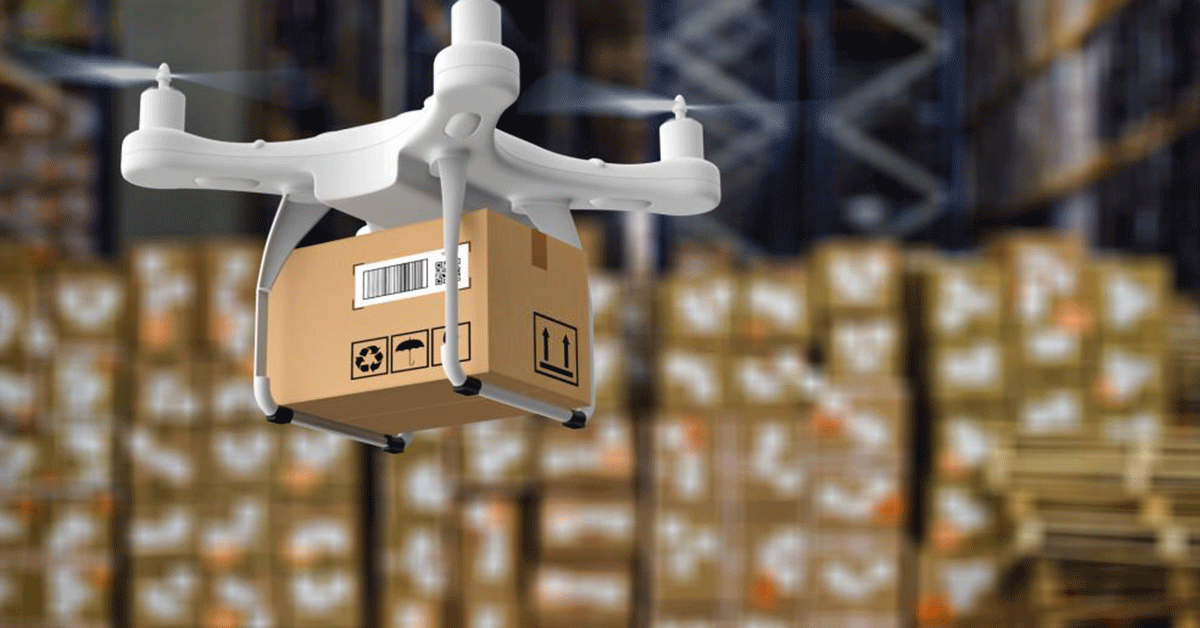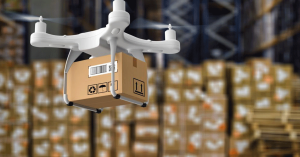Blog on RFID Technology and IoT Solutions
Blog Home
What is Warehouse Automation Maturity Model?
10 November 2022Warehouse Automation Maturity Model
Warehouse Automation implies functioning of processes with little or no human intervention. Most Manufacturing and Warehousing organizations are moving towards Autonomous Operations at varying speeds. Covid 19 has hastened this move by creating an atmosphere for acceleration of process automation.
In this article we look at ways to benchmark an organization or process Automation levels against a maturity model. While this model can be applied to manufacturing, our focus for the purpose of this article is Warehouse Operations.
Automation of warehouse operation minimizes errors, maximizes productivity, and allows for faster operations. In addition, automation provides safer environment and avoids stockouts. Warehouse Management Systems integrate various warehouse processes and tasks undergoing in the facility.
The degree of autonomy can vary based on priorities, data requirement and future goals. Initially a foundation can be provided for automating future processes. The transition can happen gradually step by step. Each step adding value for future objectives. Warehouse maturity model provides a roadmap for organization to plan their Automation journey. Full Automation can take up considerable organizational bandwidth and focus. An organization cannot reach the highest stage of Maturity in one go. The maturity model guides the organization to prioritize efforts for maximum benefits at optimized costs.
ARC Advisory Group has developed a 5-level model. While this model was developed for Manufacturing, we found it equally relevant for Warehouse operations. The decision to achieve Autonomous Operations at different parts of warehouse and to what extent, can depend on various factors like criticality, availability of technology, skills of personnel, kinds of processes and requirement. The level of maturity ranges from level 0 to level 5 which is the highest form of Automation. In subsequent section we explore various levels of Maturity which can help an organization assess their own maturity levels. The maturity model can be applied at a process level or overall operations level.

Level 0 (No Autonomy) – is the beginning of Autonomous Operations where processes are still labor intensive and human intervention is required to run main operations. Only basic data is captured, and a foundation is setup based on which next levels can be built up.
Level 1 (Operations Assistance) – is most common today, where operations technology is used to provide data for supporting human operators, technicians, planners, etc. in their task. Achieving first level helps workers improve their productivity.
Level 2 (Regulatory or Partial Automation) – involves control functions where tasks are based on a rule or a condition to achieve a certain outcome. Reaching second level allows for greater team productivity and ease in workflow.
Level 3 (Advanced or Conditional Automation) – sets certain conditions in addition to level 2 information based on which basic decisions can be taken without human interference. System can act with some exceptions. Third level facilitates better asset utilization and conformity to conditions.
Level 4 (Supervised Autonomy) – is true Autonomous operations in specific situations. Fourth level assists in detecting abnormality or failure and transfer it to the required unit for fixing the problem. System can manage all operations with rare human interference. Supervised autonomy provides the ability to make decisions and respond in appropriate way with least human interference.
Level 5 (Full Autonomy) – is the final stage where human intervention is zero, or humans are not required immediately. Obstacles are detected and adjusted dynamically without humans. System can oversee all operations independently. Achieving final level enables to predict and adapt according to the situation and make decisions.
To stay ahead in the world of global competitiveness, organizations need to assess their current needs and applicability to go for full Automation. Achieving long term gains requires detailed analysis of current systems and key objectives of the organization. The journey of automating warehouse processes from single repetitive tasks to running independent operations is a challenging and gradual process.
References
https://www.arcweb.com/blog/what-autonomous-operations
https://www.advancedmobilegroup.com/blog/what-is-the-warehouse-maturity-model
https://www.zebra.com/ap/en/blog/posts/2020/warehouse-maturity-model-introduction.html
https://www.dell.com/en-us/dt/what-we-do/emerging-technology/autonomous-operations.htm
- Intellistride.com
- Blog
- What is Warehouse Automation Maturity Model?